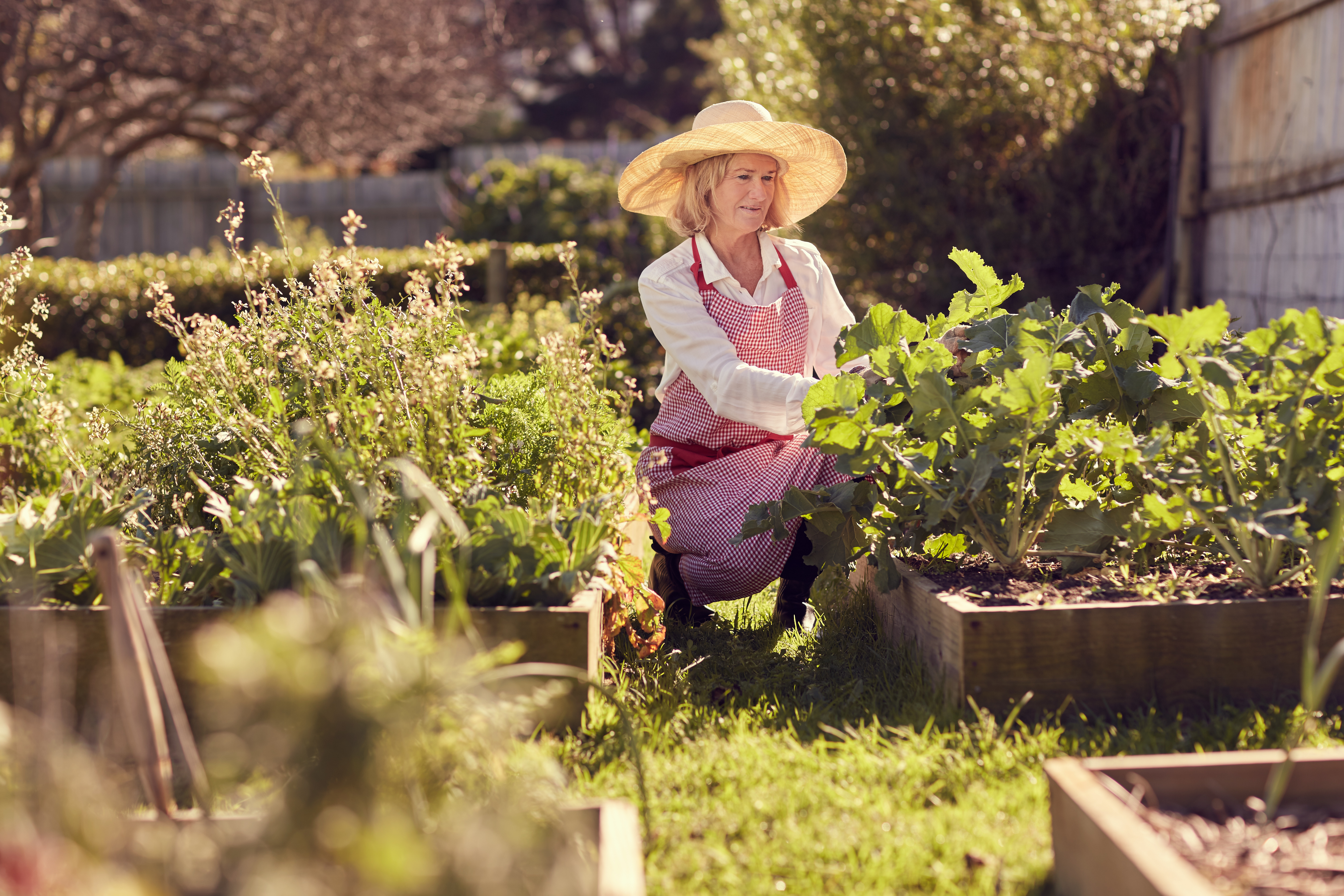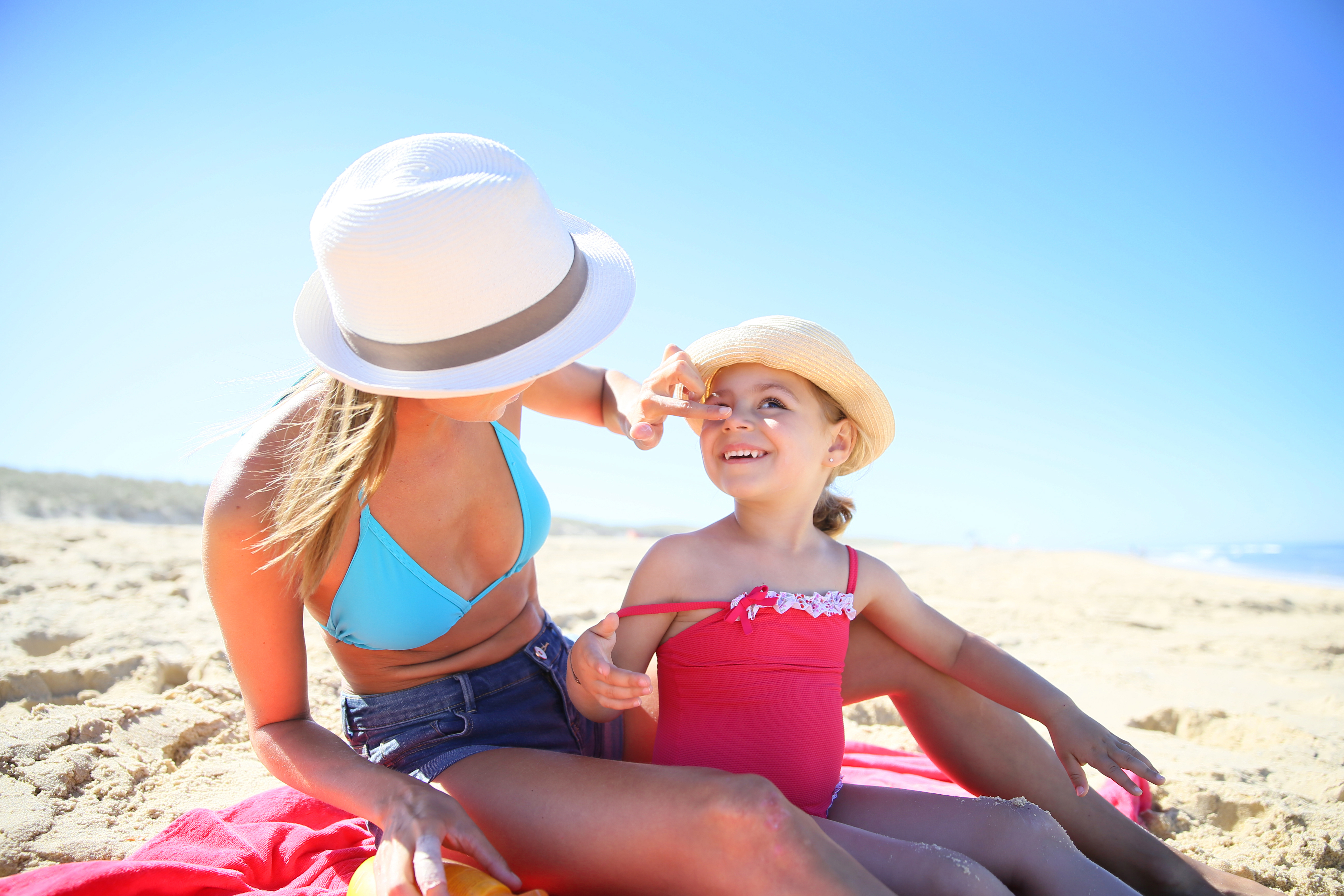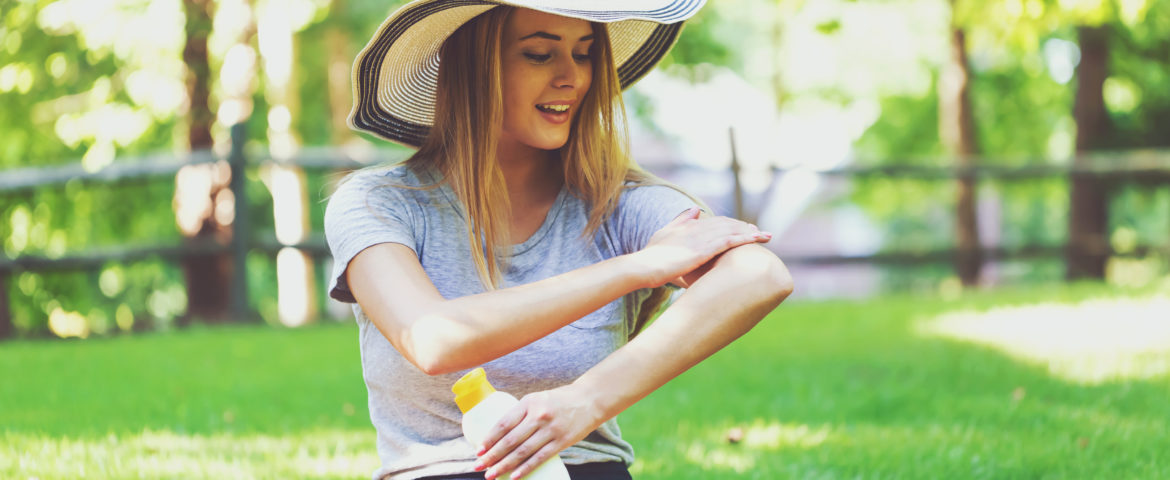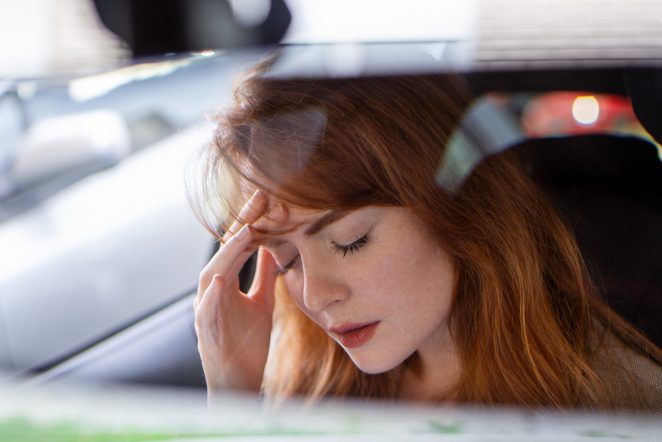Every year over 5 million cases of skin cancer are treated in the U.S., at a cost of about $8 billion, making skin cancer one of the most common forms of cancer. 90 percent of non-melanoma skin cancers and 85% of melanomas are directly associated with repeated exposure to UV radiation from the sun.
While the numbers may seem quite daunting, it’s worth noting that skin cancer is one of the most preventable forms of cancer. Decrease your chances of becoming a statistic by taking these smart sun safety tips to heart.
There are three main ways to lessen sun damage: limited exposure, clothing and sunscreen.
- Made in the shade.
Obviously, staying out of the sun is the most foolproof way of avoiding damaging rays. Take a break indoors or relax in the shade between 10 a.m. and 2 p.m. when the sun’s rays are at their strongest. A good rule of thumb: if your shadow is shorter than you are, get out of the sun (your shadow is shorter when the sun is at its peak). It’s also a good idea to remember that water, snow and sand act as reflective surfaces and can increase your chance of sunburn, so take extra precautions when you’re around these elements for longer periods of time.

- Dress for the skin you want.
Clothing is often the best protection against damaging rays when working out in the sun. Long pants, long sleeved shirts and wide-brimmed hats offer protection without having to slather on sunscreen every couple of hours. Tightly woven fabrics block the sun’s rays better than loose weaves, and dark colors are typically better than light colors when it comes to protecting skin. Most sunglasses sold in the U.S. offer UVA and UVB protection. Look for wrap-around style sunglasses to get the most protection for your eyes. - Become BFFs with your bottle of sunscreen.
Sunscreen protects your skin by absorbing, reflecting or scattering sunlight. Every sunscreen comes with a sun protection factor (SPF) number; the higher the SPF number, the greater the sun protection. To protect against both UVA and UVB rays, wear a broad spectrum, water resistant sunscreen with an SPF of 30—even on cloudy days. It’s recommended adults use an ounce of sunscreen for their entire body (equivalent to the amount held in a shot glass). Reapply after every two hours of sun exposure, or after swimming or sweating. The same goes for your children.

Sunscreen Facts
During the spring and summer months, the aisles are lined with all kinds of sunscreens with various SPF levels. It can be difficult to know what kind to purchase. Here are a few tips to keep in mind:
- SPFs above 50 provide a minimal added benefit. SPF 30 blcoks nearly 97% of UVB rays, while SPF 50 blocks 98% and SPF 100 99%. As long as you are reapplying SPF 30 sunscreen every two hours, you will be protected from the suns rays.
- The type of sunscreen, cream, gel, spray, doesn’t matter, as long as it is broad spectrum. Choose a sunscreen that works best for you and the activities you will be doing. Just be sure to put it on at least 15 minutes before you go outside.
- No sunscreen is 100% effective 100% of the time. Reapply and keep yourself, and your kids, protected from the sun’s rays.
Along with taking preventive measures, it’s important to perform self-checks every month for suspicious spots, since early detection is key in treating skin cancer. You can also make a yearly skin check appointment with a board-certified dermatologist who will be able to identify and remove anything questionable if needed.
Be smart in the sun this summer—your skin will thank you for it!


